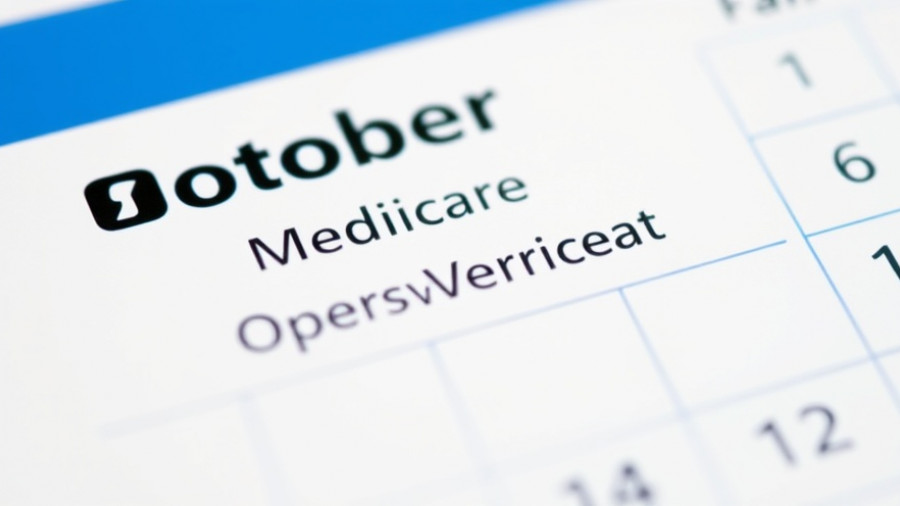
Understanding the 2026 Medicare Open Enrollment Period
The Medicare Open Enrollment Period, which runs from October 15 to December 7 annually, is crucial for beneficiaries to evaluate their health care coverage options. During this time, individuals can either retain their existing plans or switch to a Medicare Advantage (MA) plan or a standalone Part D prescription drug plan. It's essential for beneficiaries to review their current healthcare needs against what’s available for the upcoming year.
Why an Annual Review Is Imperative
Every year, the landscape of Medicare coverage and services undergoes changes. While most people may feel comfortable with their existing plans, health needs can evolve significantly within a year. Therefore, a thorough review of how well the current coverage meets your needs can lead to better health decisions. This includes assessing out-of-pocket costs, understanding prescription drug formularies, and confirming that preferred providers are still in-network.
Leverage Available Resources for Informed Decisions
The Medicare.gov website is a rich resource for beneficiaries. Users can employ the Medicare Plan Finder to compare various plans side by side. Additionally, Medicare Rights offers a free comprehensive guide to aid in navigating the complexities associated with the enrollment process. It’s advisable to download the most recent edition of the Medicare & You Handbook, which provides detailed information about changes in coverage.
Key Considerations for Open Enrollment
When contemplating whether to stick with the existing Medicare plan or explore alternatives, enrollees should weigh several factors:
- Healthcare Needs: Any anticipated surgeries, doctor visits, or changes in health status should be considered.
- Cost Analysis: Evaluate premiums, copayments, and potential out-of-pocket costs associated with different plans.
- Prescription Drug Coverage: Review the list of covered medications in your current plan and ensure that essential prescriptions will remain covered next year.
Access to Local Assistance
The local State Health Insurance Assistance Programs (SHIP) provide valuable, unbiased assistance to Medicare beneficiaries. Enrolling in these programs can empower individuals through guidance tailored to their specific county and needs. The SHIP counselors are trained to help Medicare recipients navigate the enrollment process and provide crucial insights into local healthcare resources.
The Risk of Missed Opportunities
Failing to review or change your Medicare coverage could cost beneficiaries significantly in the long run. Many are automatically re-enrolled in their existing plans if no changes are made, which can lead to mismatched coverage and increased out-of-pocket expenses. For those with shifting financial circumstances, exploring Medicare Savings Programs (MSPs) could provide additional financial support, enhancing overall access to necessary healthcare services.
Looking Ahead: Future Trends in Medicare
The landscape of Medicare coverage is continually evolving, particularly with the increasing integration of technology into health services. Remote Therapeutic Monitoring (RTM) and broader telehealth options are expected to play pivotal roles in future Medicare expansion, facilitating better patient engagement and care coordination. Those in positions of influence within healthcare, such as independent physicians and providers, should stay informed about these trends to effectively adapt to the changing landscape of healthcare delivery.
Take Action and Stay Informed
With the open enrollment period rapidly approaching, now is the time to act. Utilize the resources available, reach out to SHIP counselors for insights, and consider your health care options thoroughly. By understanding your choices better, you can ensure you make the most informed decision for your health care needs.
Call to Action: Tell your senators to reject harmful cuts to healthcare! Supporting Medicare ensures that essential services remain available for all benefitting seniors.
 Add Row
Add Row  Add
Add 




Write A Comment